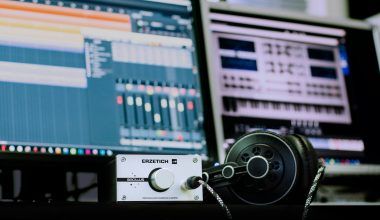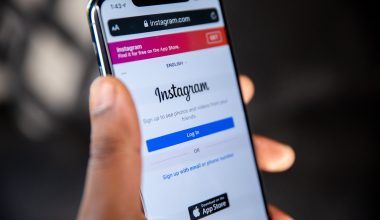In today’s fast-paced music industry, getting your tracks on digital stores quickly is not just an option—it’s a necessity. With platforms like Spotify, Apple Music, and Amazon Music becoming key players in the distribution game, every artist, big or small, wants to make their music easily accessible. Sharing your track on all digital stores quickly is the gateway to reaching a global audience, increasing your visibility, and growing your fan base. This guide is here to simplify the process and ensure you can navigate the journey without stress.
Sharing your track on digital stores is the modern-day equivalent of putting your music on the shelves of record stores. However, instead of a few locations, you’re making your music available worldwide. This accessibility ensures that fans from different regions can discover, stream, and purchase your songs effortlessly.
Beyond reach, digital stores also help you earn revenue through streams and downloads. Platforms like Spotify offer royalty payments, while others allow fans to purchase your track outright. Additionally, having your music on all major platforms builds your professional image as an artist.
1. Prepare Your Track for Distribution
Before you think about uploading, ensure your track meets the industry standards. High-quality audio in formats like WAV or FLAC is essential. Avoid low-bitrate MP3s that compromise sound quality. Also, check your metadata—it should include the title, artist name, album name, and genre to avoid confusion later.
2. Choose a Reliable Music Distribution Service
Picking the right distribution service is crucial. Platforms like Deliver My Tune, TuneCore, and CD Baby can help you share your track on all digital stores quickly. Compare their features, pricing, and additional perks like royalty tracking or promotional tools.
For instance, DistroKid is known for its quick turnaround time and unlimited uploads for an annual fee, while CD Baby offers pay-per-release pricing. Evaluate your budget and goals before making a choice.
3. Register for Necessary Licenses and Codes
To distribute music professionally, you need certain identifiers. The ISRC (International Standard Recording Code) is a unique code for each track and is required for tracking royalties. Similarly, album releases might need a UPC (Universal Product Code).
If you don’t already have these codes, many distribution services will generate them for you. Having these in place ensures your music is properly tracked and credited.
4. Upload Your Track and Metadata
Once you’ve selected a distributor, it’s time to upload your track. Pay close attention to the metadata as it ensures your music is discoverable on digital stores. Include a compelling album cover that meets the required specifications of the platform.
5. Select the Stores You Want
Most distribution platforms allow you to choose the stores where your track will be available. Ensure you select all the major ones, including Spotify, Apple Music, Amazon Music, Tidal, and YouTube Music. Don’t forget about niche platforms that might cater to specific audiences, like Beatport for DJs.
6. Set a Release Date
While you might want to release your track immediately, setting a planned release date can help you build anticipation. Use this time to create a promotional campaign, tease snippets, and engage with your audience on social media.
Tips to Speed Up the Process
1. Organize Everything in Advance
Having all your files, metadata, and codes ready will save you time during the uploading process.
2. Double-Check Platform Requirements
Different stores might have specific requirements for file formats or cover art dimensions. Meeting these in advance prevents delays.
3. Use Pre-Save Links
Many distributors offer pre-save links that allow fans to save your track before it goes live. This can help you boost streams on the release day.
Promoting Your Track After Distribution
Once your track is live, the next step is to let people know about it. Social media platforms are your best friends here. Share your track on Instagram, TikTok, and Twitter with engaging visuals and captions. Use targeted ads to reach new audiences and create content that encourages shares.
Collaborating with influencers or bloggers can also amplify your reach. They can review your track or create content around it, exposing your music to their followers.
The Importance of Consistency
Releasing one track is great, but consistency is key in building a loyal fan base. Plan your releases strategically and keep engaging your audience between drops.
Conclusion
Sharing your track on all digital stores quickly is easier than ever if you follow the right steps. By preparing your music, choosing a reliable distributor, and planning a strong promotional strategy, you can ensure your music reaches the widest possible audience. So, take the leap and share your track on all digital stores quickly to kickstart or elevate your music career.
For further reading, explore these related articles:
- Share Your Music on Spotify to Get Paid
- Share Your Music on Spotify to Get Exposure
- Share Your Music on Apple Music for Free: A Complete Guide
For additional resources on music marketing and distribution, visit DMT RECORDS PRIVATE LIMITED.






